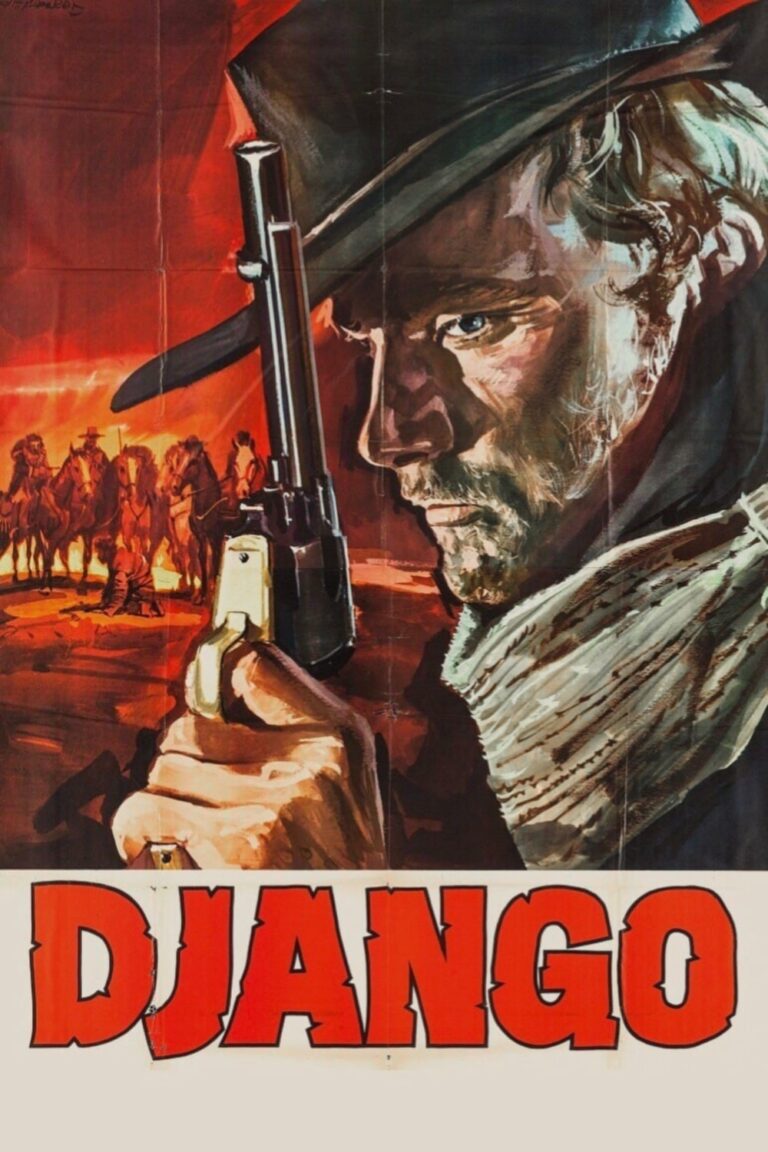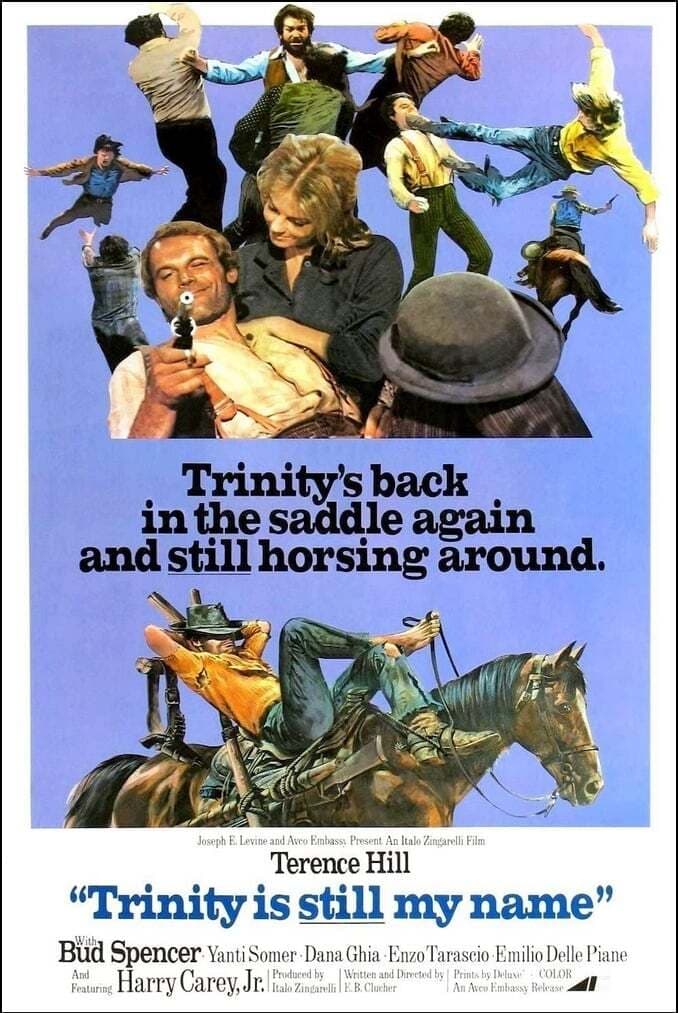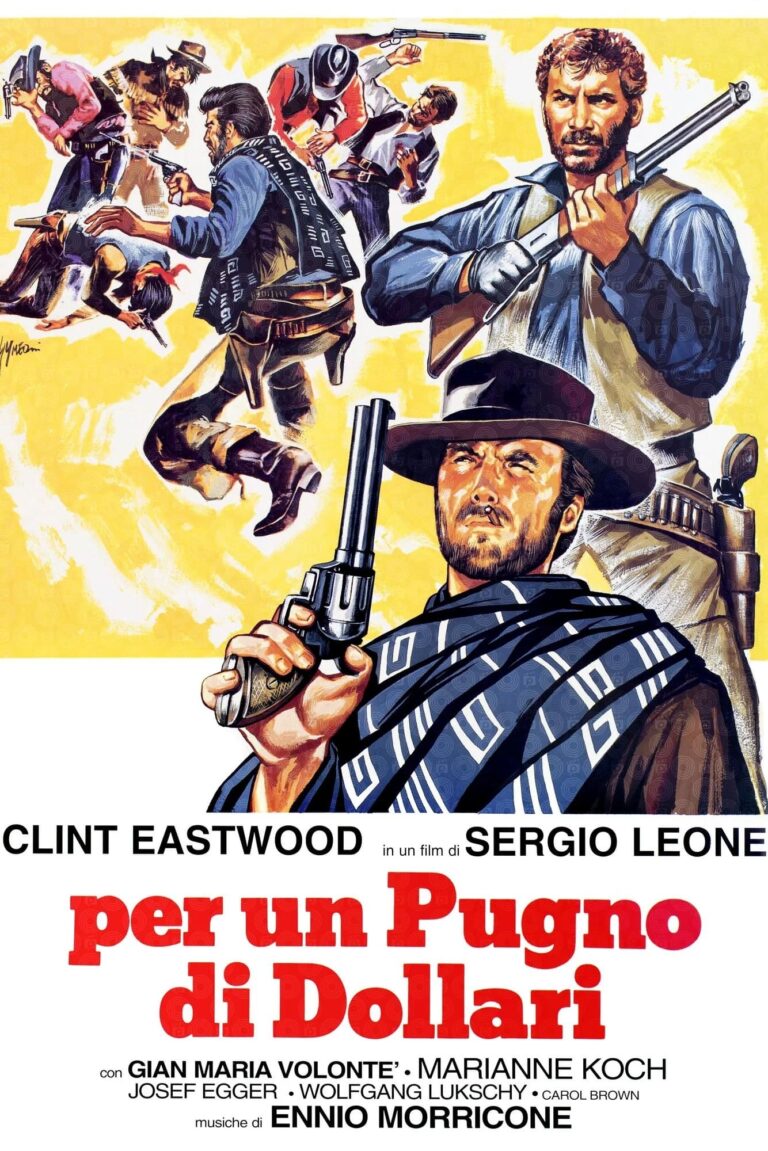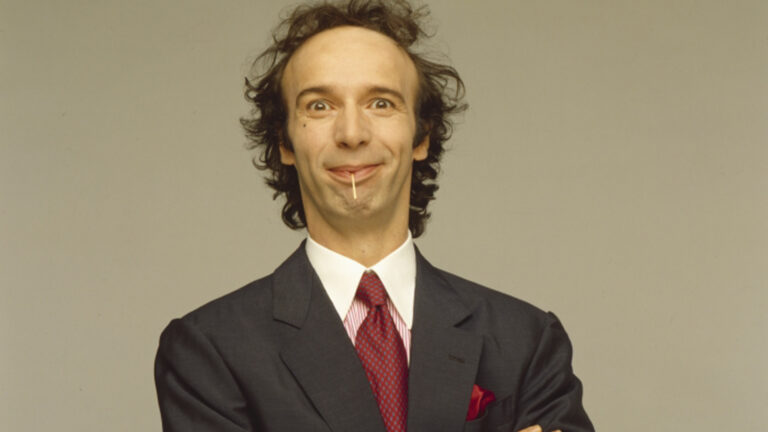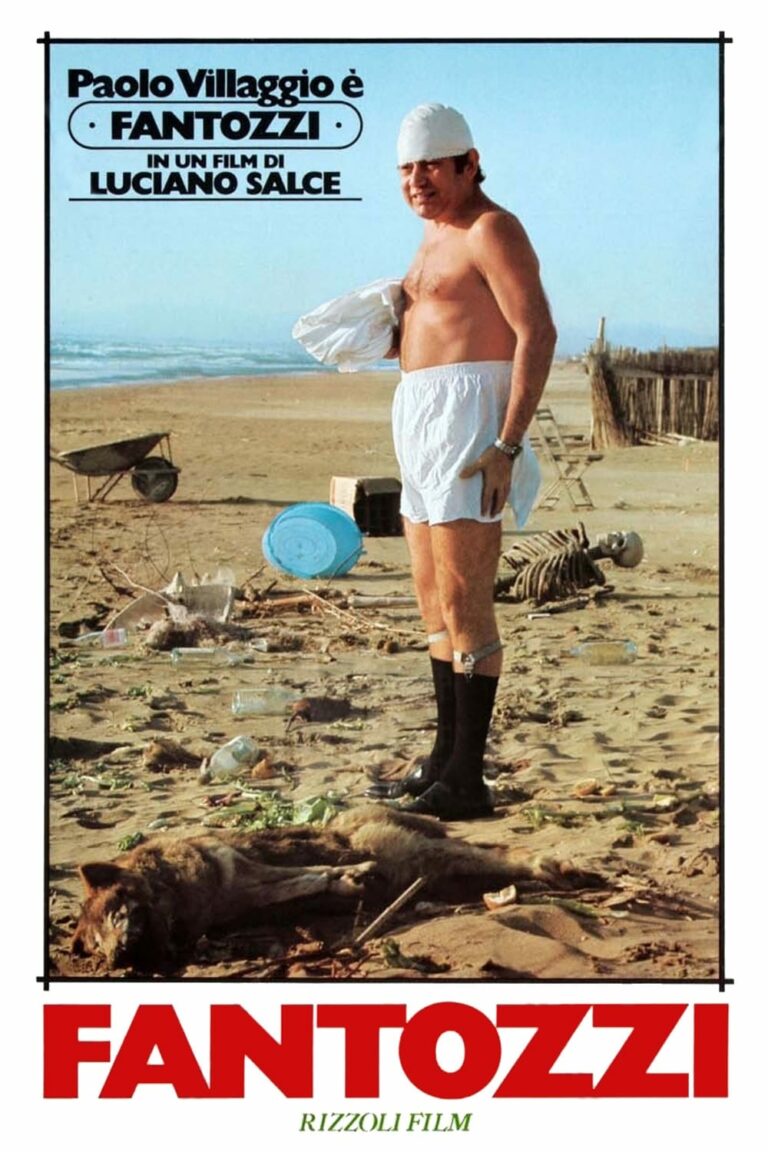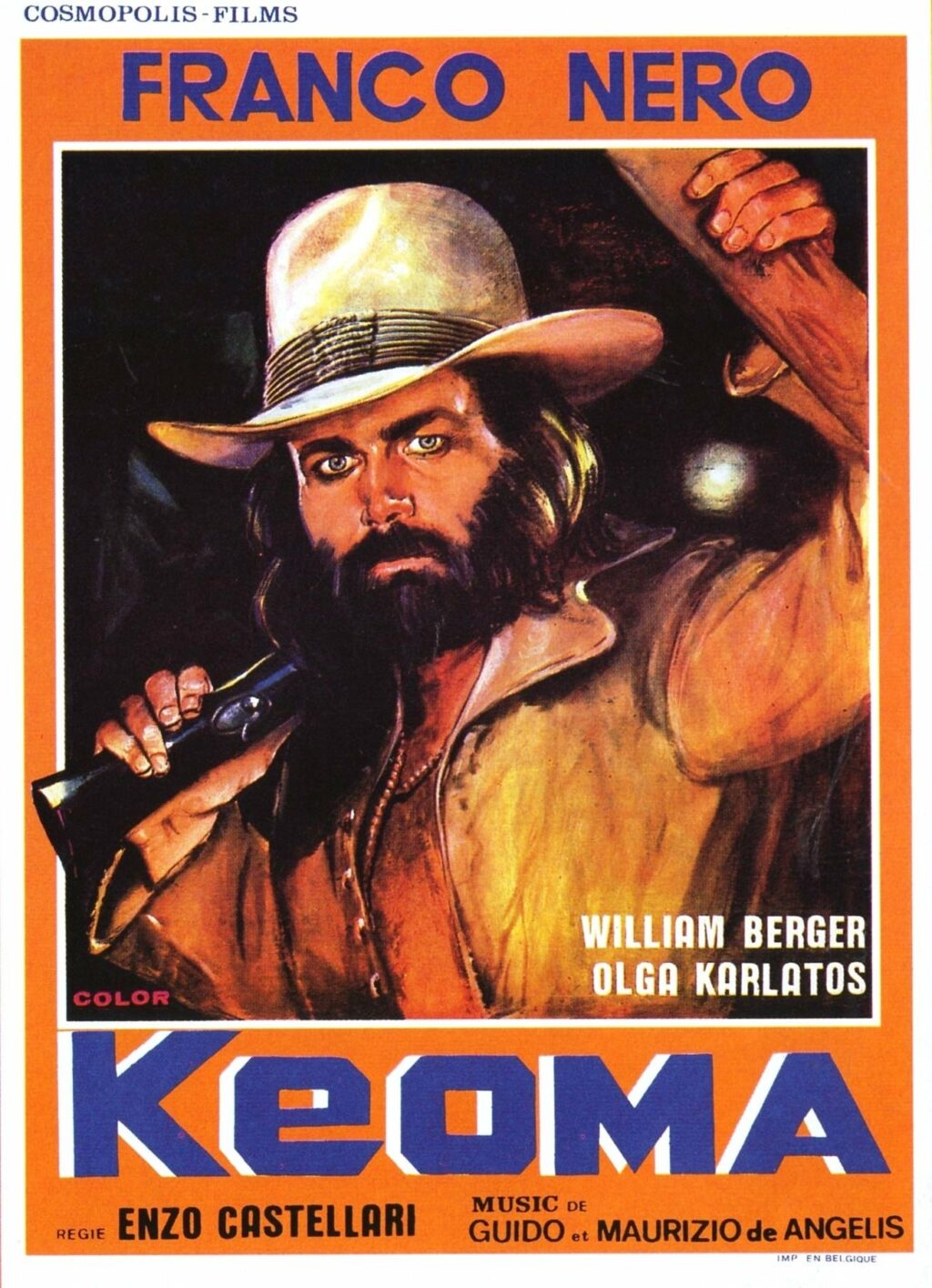
Released in 1976, Keoma stands as one of the most iconic and enduring films of the Spaghetti Western genre. Directed by Enzo G. Castellari and starring Franco Nero in the titular role, the film is celebrated for its striking visuals, philosophical undertones, and a hauntingly unique score. Often referred to as one of the last great Spaghetti Westerns, Keoma blends the genre’s gritty aesthetic with a reflective exploration of fate, vengeance, and humanity.
This article delves into the origins, themes, characters, visual style, music, and legacy of Keoma, revealing why it continues to captivate audiences and maintain its status as a cinematic classic.
Plot Summary: A Tale of Vengeance and Redemption
Set in the aftermath of the American Civil War, Keoma follows the journey of Keoma Shannon (Franco Nero), a half-Native American gunslinger, as he returns to his hometown only to find it ravaged by disease, greed, and corruption. The town has fallen under the control of Caldwell (Donald O’Brien), a ruthless land baron, and his mercenaries, who exploit the community for their own gain.
Keoma discovers that his family is also caught in the turmoil. His three half-brothers—Butch (Orso Maria Guerrini), Sam (Joshua Sinclair), and Lenny (Antonio Marsina)—have aligned themselves with Caldwell, further deepening the rift between them and Keoma.
When Keoma rescues a pregnant woman named Lisa (Olga Karlatos) from Caldwell’s men, he becomes the target of their wrath. With the help of his loyal but aging father, William Shannon (William Berger), and an old family friend named George (Woody Strode), Keoma fights to restore justice and protect the town’s oppressed residents.
As the story unfolds, Keoma becomes more than just a tale of vengeance—it evolves into a meditation on life, death, and the struggle between destiny and free will.
Themes: A Philosophical Approach to the Western
1. Fate and Free Will
Keoma delves deeply into the concept of fate. Throughout the film, Keoma wrestles with his sense of purpose and destiny, often questioning whether he is a mere pawn in a predetermined plan or if he has the power to forge his own path. This existential theme sets the film apart from many traditional Westerns, elevating it to a more reflective and philosophical plane.
2. Racial Identity and Alienation
As a half-Native American, Keoma is an outsider in both the white and Native American worlds. His identity becomes a source of inner conflict and external prejudice, symbolizing broader themes of racial alienation and the search for belonging in a divided society.
3. The Corruption of Power
The film portrays Caldwell and Keoma’s brothers as embodiments of unchecked greed and the abuse of power. Their exploitation of the townsfolk highlights the moral decay that often accompanies authority, a recurring theme in Spaghetti Westerns.
4. Redemption and Sacrifice
Keoma’s quest is not merely about revenge—it is also about redemption. His willingness to risk his life to save others, particularly Lisa and her unborn child, underscores the film’s exploration of selflessness and sacrifice.
Characters: Complex and Compelling
1. Keoma Shannon (Franco Nero)
Franco Nero delivers a magnetic performance as Keoma, blending stoic strength with emotional depth. Keoma is a quintessential antihero, guided by a moral compass yet burdened by his past. Nero’s intense screen presence and expressive eyes make Keoma a deeply memorable character.
2. William Shannon (William Berger)
As Keoma’s father, William Shannon serves as a moral anchor and source of wisdom. Berger’s portrayal of the aging patriarch adds a layer of poignancy to the film, highlighting the generational divide between the idealism of the past and the pragmatism of the present.
3. Lisa (Olga Karlatos)
Lisa’s character represents hope and resilience. Her pregnancy serves as a metaphor for new beginnings, and her struggle against oppression mirrors the town’s fight for freedom. Karlatos brings a quiet strength to the role, making Lisa a compelling counterpart to Keoma.
4. Caldwell (Donald O’Brien)
Caldwell is the film’s primary antagonist, embodying greed and cruelty. O’Brien’s menacing portrayal adds to the film’s tension, making him a formidable foe for Keoma.
5. George (Woody Strode)
George, an enslaved man freed by Keoma’s father, is one of the film’s most tragic characters. Strode’s nuanced performance captures George’s internal struggle between loyalty and despair, adding emotional weight to the story.
Visual Style: A Cinematic Masterpiece
Enzo G. Castellari’s direction elevates Keoma with innovative techniques and striking visuals that push the boundaries of the Spaghetti Western genre.
1. Use of Slow Motion
Castellari employs slow motion extensively, particularly during the film’s action sequences. This technique heightens the emotional impact of the violence and creates a sense of operatic grandeur.
2. Atmospheric Cinematography
Shot by cinematographer Aiace Parolin, the film’s visuals are characterized by stark contrasts between light and shadow, emphasizing the moral ambiguity of its characters. The desolate landscapes and dilapidated townscapes reflect the film’s themes of decay and renewal.
3. Symbolism and Surrealism
Keoma incorporates surreal and symbolic imagery, such as the recurring presence of an old woman who seems to represent fate or death. These elements give the film a mythic quality, setting it apart from more grounded Westerns.
Music: A Haunting and Unconventional Score
The score for Keoma, composed by Guido and Maurizio De Angelis, is one of its most distinctive features. The music combines traditional Western motifs with ethereal vocals and folk-inspired melodies, creating a soundscape that is both haunting and otherworldly.
The vocals, performed by Cesare De Natale and Sybil Lovelace, feature an almost wailing, operatic style that mirrors the film’s emotional intensity. While the score has divided audiences, it undeniably adds to the film’s unique atmosphere.
Legacy: The Last Great Spaghetti Western
Keoma is often referred to as one of the final masterpieces of the Spaghetti Western genre, which had begun to wane in popularity by the mid-1970s. Its philosophical depth, innovative style, and standout performances have cemented its place as a classic of Italian cinema.
1. Influence on Filmmaking
The film’s stylistic flourishes and thematic complexity have influenced subsequent Westerns and neo-Westerns, including Quentin Tarantino’s Django Unchained (2012).
2. A Showcase for Franco Nero
Keoma solidified Franco Nero’s status as one of the greatest actors in Spaghetti Westerns. His portrayal of the titular character remains a defining performance in his career.
3. Continued Cult Appeal
Despite its initial mixed reception, Keoma has gained a devoted following over the years. Its blend of action, philosophy, and artistry resonates with fans of the genre and film enthusiasts alike.
FAQs
1. What is Keoma about?
Keoma tells the story of a half-Native American gunslinger who returns to his hometown to confront corruption, rescue an oppressed town, and grapple with his own fate.
2. Who directed Keoma?
The film was directed by Enzo G. Castellari, known for his inventive approach to the Spaghetti Western genre.
3. Why is Keoma considered unique?
The film blends traditional Western elements with philosophical themes, surreal imagery, and an unconventional score, setting it apart from other Spaghetti Westerns.
4. Who stars in Keoma?
Franco Nero stars as the titular character, supported by a cast that includes William Berger, Olga Karlatos, Donald O’Brien, and Woody Strode.
5. What is the significance of the music in Keoma?
The film’s haunting and experimental score, composed by Guido and Maurizio De Angelis, enhances its emotional and surreal qualities, making it a distinctive aspect of the film.
6. Is Keoma the last Spaghetti Western?
While not the final Spaghetti Western, Keoma is often regarded as one of the last great films of the genre before its decline in the late 1970s.
Conclusion: A Timeless Masterpiece
Keoma is more than just a Western—it is a cinematic exploration of human existence, morality, and the eternal struggle between freedom and oppression. With its powerful performances, philosophical depth, and innovative direction, the film stands as a testament to the enduring appeal and artistry of the Spaghetti Western genre.
Decades after its release, Keoma continues to inspire and resonate, proving that its themes and visuals are as timeless as the mythic gunslinger at its heart.
